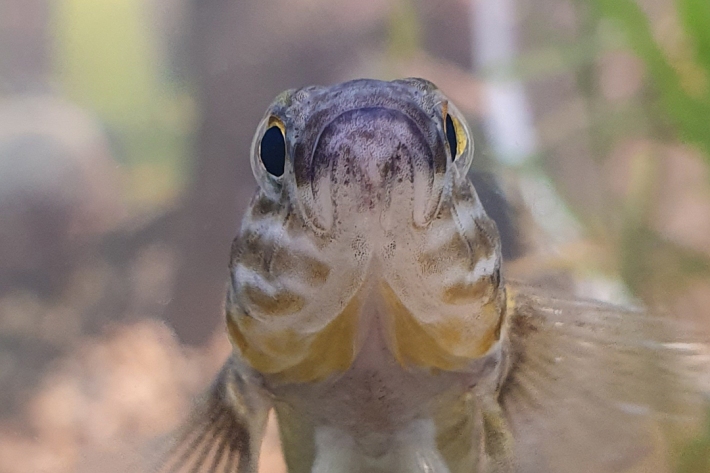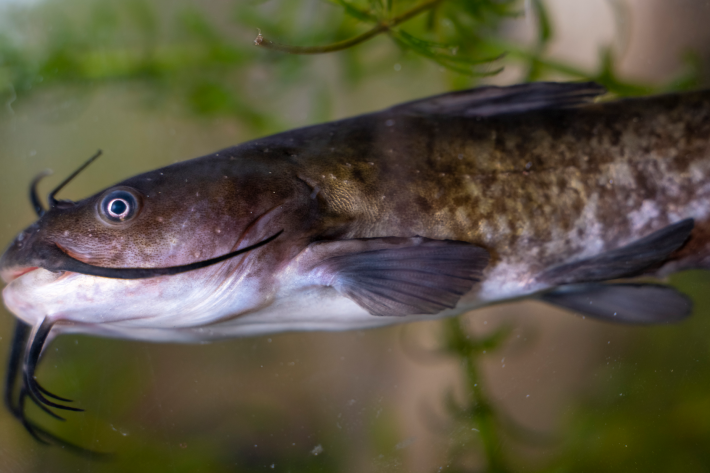-

Characterising stormwater quality
Urban stormwater can contain a variety of contaminants at a wide range of concentrations, collected as the rainwater runs over impervious surfaces. -

Urban hydrological monitoring
Urban drainage systems include pipe networks, streams and rivers, often in a highly modified condition. -

Stormwater management
NIWA has a range of services and research capabilities to assist with assessing and managing the effects of stormwater and urban development on streams, estuaries and harbours. -

Identifying New Zealand freshwater fishes
NIWA has a series of identification guides available to help you identify New Zealand fish species both in the field and in the laboratory. The quick-guides are great for use in the field and the formal keys provide a greater level of detail. -

NZFFD publications and catchment number directory
Access commonly cited references for the NZFFD and the Catchments of New Zealand publication. -

Biosecurity tools
Software Tool/ResourceOur biosecurity management tools include: assessment models, field surveys, management advice and the testing of control methods. -

Controlling water weeds with grass carp
Research ProjectA Ministry for Primary Industries-funded study has shown that grass carp, in enclosures, can be used as an effective means of controlling invasive plant species in our waterways. -

Freshwater pest species
This is a user guide on non-native fish, reptile, invertebrate, algal and plant species that are recorded in New Zealand freshwaters. -

Fish risk assessment model
FRAM is powerful and simple to use - series of straight-forward questions about the biology and behaviour of any alien species lead to it being ranked and categorised as a high, intermediate, or low ecological risk.


